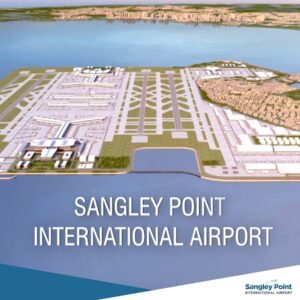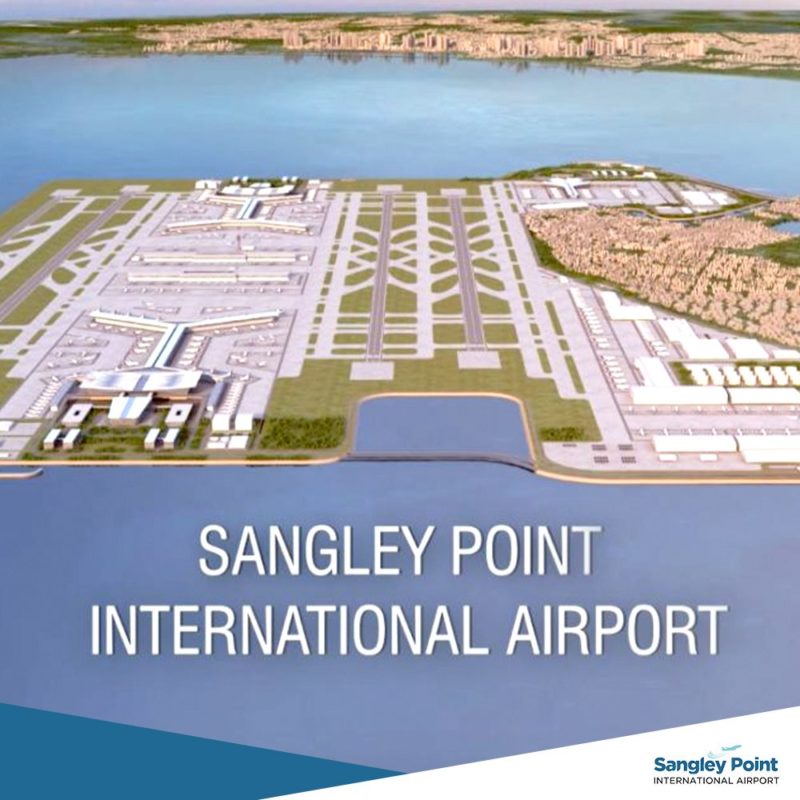
The joint venture (JV) of MacroAsia Corp. and China Communications Co. Ltd. (CCCC) is requesting to extend deadline for submission of final requirements for the multi-billion-peso Sangley Point International Airport (SPIA) project.
MacroAsia confirmed the JV is asking for another extension after failing to submit the required post-qualification documents due earlier this month.
The tandem made the confirmation in a regulatory disclosure after Cavite governor Juanito Victor Remulla disclosed that the JV had been unable to submit the post-qualification documents last September 9, according to a local news report.
The partners are asking for an extension until normal commercial air travel between the Philippines and China resumes.
Remulla said he would “talk to the Board” about the latest request for extension.
A two-month extension was initially given to the joint venture last April. In June, it was also granted a 90-day extension to submit post-qualification requirements in view of the ongoing coronavirus pandemic.
MacroAsia earlier said the pandemic had delayed processes, including completion of JV documents prior to any signing of legal or financial contracts.
READ: Sole bidder awarded P208B Sangley Point airport project
The Cavite government last February awarded the P208.5-billion contract to develop and implement Phase 1 of SPIA to the tandem, the sole bidder of the project to develop a 1,500-hectare international airport at Sangley Point.
The consortium plans to co-develop the project and provide the necessary equity investment and credit enhancements. And subject to a further competitive process or price test, it will perform engineering, procurement and construction services for the land and airport development components of the project.
The airport hub, which is being positioned as an alternative to congested Ninoy Aquino International Airport and the next big thing in air transport innovation in the country, will feature four runways as well as airside and landside facilities. The airport is expected to be on a par with Singapore’s Changi International Airport, Hong Kong International Airport, and South Korea’s Incheon International Airport.
The project’s first phase is slated for completion in 2022 and is expected to accommodate 75 million passengers yearly. The second phase of development will follow, with target completion of 2028. The airport can accommodate up to 130 million passengers annually once fully completed.





